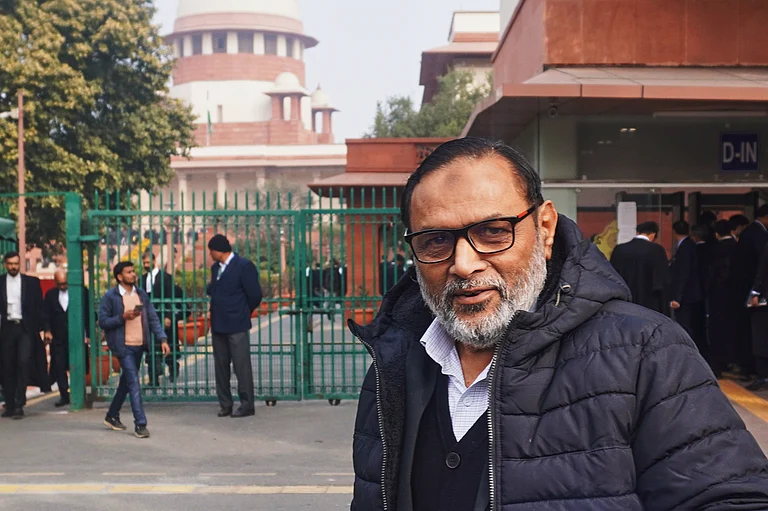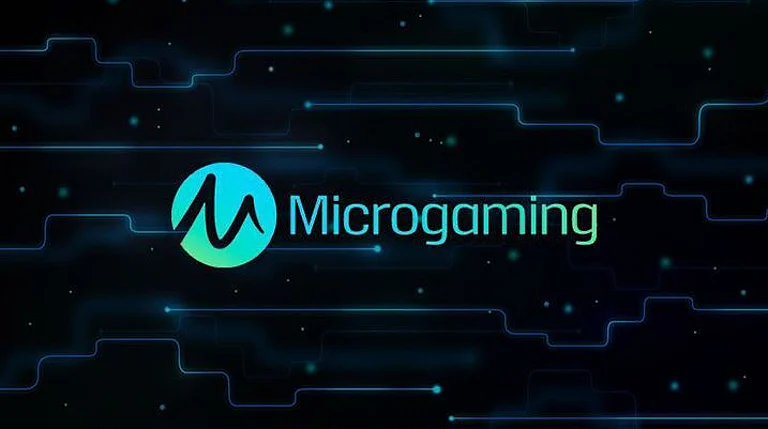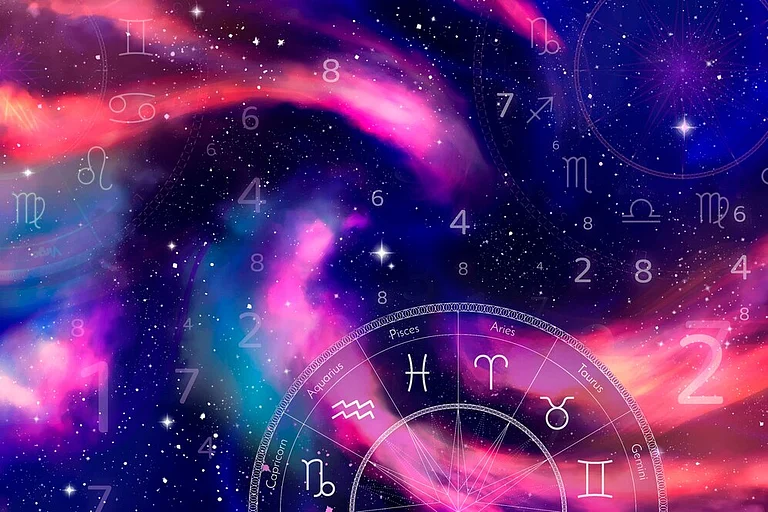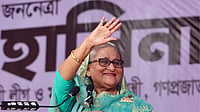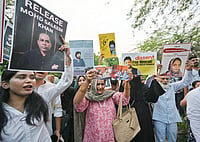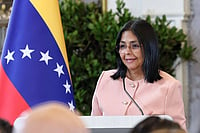A five-judge Constitution bench of the Supreme Court on Tuesday refused to grant legal recognition to same-sex marriages. While the Chief Justice of India (CJI) DY Chandrachud and Justice SK Kaul backed the rights of queer couples to enter into civil unions, three judges disagreed.
In August last year, the Tamil Nadu government published a glossary of LGBTQIA+ terms in Tamil in the government gazette in a first-of-its-kind move in the country. According to a report by the NewsMinute, the glossary has been adapted for the most part from the LGBTQIA+ glossary published by Queer Chennai Chronicles, TNM (both publications), Orinam (support group) and several queer individuals, although the state government's latest version has some changes.
Justice N Anand Venkatesh of Madras High Court directed the press/media to henceforth use the words that are referred to in this glossary.
Here we break down what the acronym LGBTQIA+ refers to according to the glossary:
The term is used to collectively refer to gay, lesbian, bisexual, transgender, queer, intersex, asexual, pansexual people and people of other non-cisgenders and non-heterosexual orientations. The term is sometimes shortened to LGBT, LGBTQ, or LGBTQ+ as well.
A 'homosexual woman' or 'lesbian' refers to a woman who is attracted to women. A 'homosexual man' or a 'gay man is a man who is attracted to men
'Bisexuality' refers to attraction towards persons of one's own gender, and persons of another gender. In the past, bisexuality has been defined as attraction to both men and women. But as our understanding of gender and gender identity evolves beyond the man/woman binary, the definition of bisexuality is also evolving. 'Bisexuality' need not imply an equal degree of attraction to both genders - just significant attraction to both.
A transgender person is someone whose gender identity does not match the sex they were assigned at birth. People assigned male or female at birth, and intersex persons, can be transgender. A person is transgender whether or not such a person has undergone gender affirmation procedures like hormone therapy or surgery. This is reaffirmed in the Supreme Court NALSA verdict (2014) and the Transgender Persons (Protection of Rights) Act.
'Transgender woman' refers to a person who was assigned male at birth, but whose gender identity is that of a woman.' Transgender man' refers to a person who was assigned female at birth, but whose gender identity is that of a man.
'Queer' is an umbrella term used to refer to diverse sex characteristics, genders and sexualities that are not cisgender and/or heterosexual. It is a 'reclaimed' word - the word was used as a slur for people who did not align to the societal assumptions of gender and sexuality in the past. However, the LGBTIQA+ community has now claimed ownership of the term and uses it to describe themselves.
Intersex people have innate sex characteristics that do not fit medical and social norms for female or male bodies. These can include external or internal reproductive parts, chromosome patterns, and/ or hormonal patterns.
‘Asexual’ refers to a person who does not feel sexual attraction towards anyone.
The '+' sign at the end of the acronym is symbolic of how the term is continually evolving and expanding to include additional identities and orientations.







